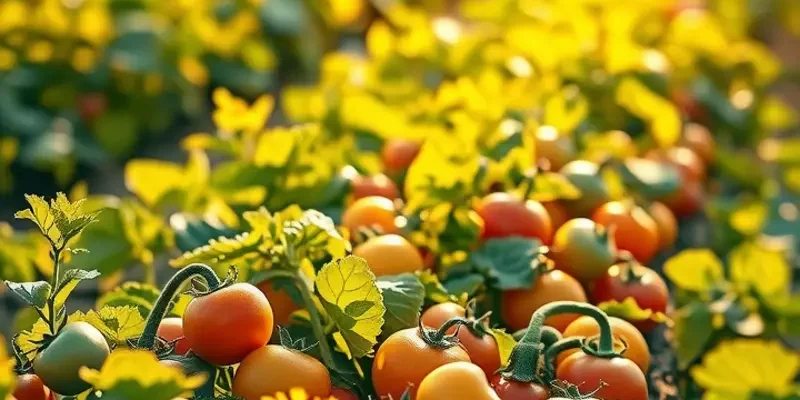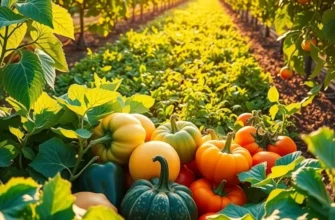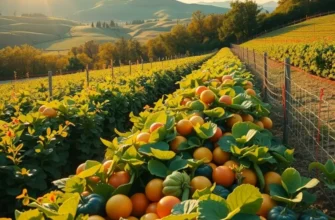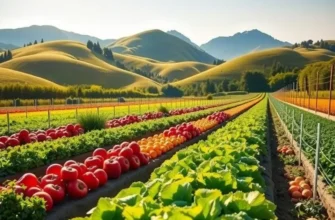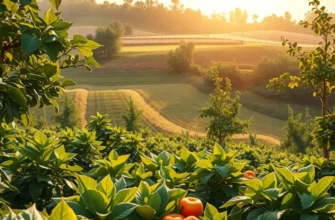Meal prepping is a great way to save time and ensure healthy eating, but it can often lead to unnecessary waste. By adopting eco-conscious strategies, you can minimize waste while maximizing flavor and nutrition. Focusing on sustainable practices in the kitchen not only benefits the environment but also enhances your culinary experience. Let’s explore practical ways to create delicious meals while being mindful of our planet’s resources.
The Art of Planning: Efficient Meal Prep
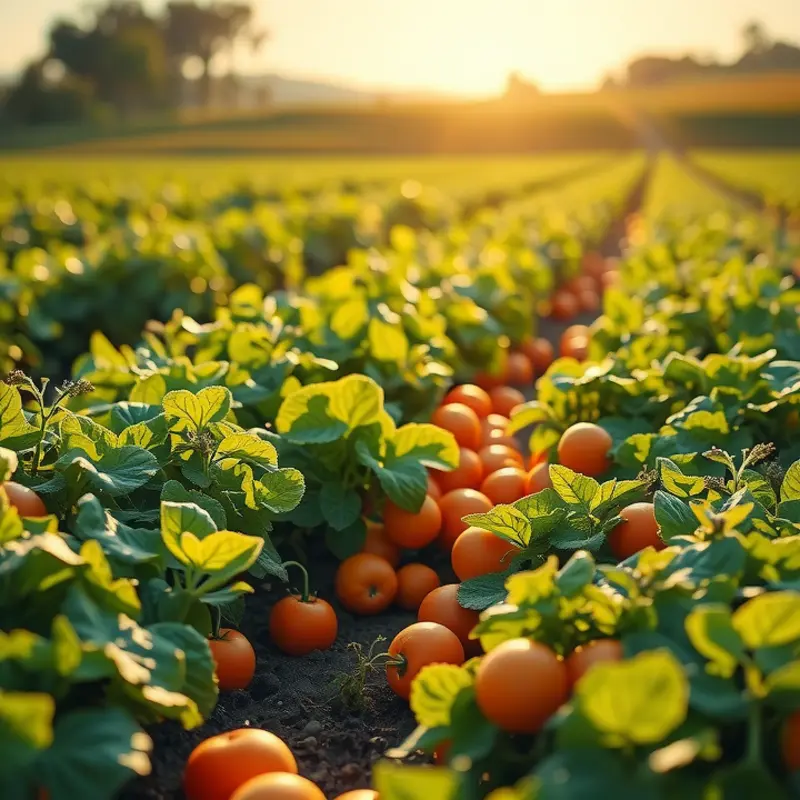
Efficient meal prep begins long before you step into the kitchen. It roots itself in the art of planning, which holds the key to significantly reducing food waste while maintaining a sustainable cooking environment. Let’s explore how a little organization can make a big difference.
Firstly, consider creating a flexible meal plan. Flexibility allows you to adjust meals based on what’s available and what needs to be used up first. This approach encourages the culinary use of what might otherwise end up as waste. Each week, as you draft your meal plan, allow room for switching ingredients. For instance, if broccoli is tardy in your fridge, substitute it into a stir-fry. Flexibility not only prevents spoilage but also keeps your meals abundant in variety.
Another core component of efficient meal prep is utilizing seasonal ingredients. By opting for what’s in season, you’re likely to select produce that is fresher and lasts longer. Seasonal goods are also often more affordable, offering both an economic and environmental benefit. When carrots and squash are in their prime, incorporate them into soups and stews. Asparagus and peas in spring can transform salads into feasts. These ingredients are at their peak taste and nutrition, enhancing your meals naturally.
Success hinges on meticulous shopping lists. A thorough list ensures you purchase only what you truly need, avoiding impulse buys that may not fit into your meal plan. Break your list into categories: produce, proteins, grains, and staples. Dive deeper by writing quantities and alternatives for flexibility. Before shopping, check your pantry against the list. You might find forgotten items ready for incorporation, hence avoiding unnecessary purchases.
Moreover, effective meal prep means baking sustainability into every decision. When buying grains and dry goods, consider bulk purchases. This not only reduces packaging waste but also tends to be more economical in the long run. Store bulk items in airtight, reusable containers to extend their shelf life and keep them fresh.
Incorporate a practice of batch cooking. This involves preparing core ingredients or meals in bulk, then storing them for future use. Not only does this save time, but it also optimizes ingredient use. Large batches of roasted vegetables or grains can be frozen in meal-sized portions. With ready-to-use elements on hand, you can mix and match as needed, lending greater flexibility to your meal planning.
These planning strategies can streamline your kitchen processes and fortify your commitment to a sustainable lifestyle. They not only save you money but also bolster a healthier relationship with food consumption and waste. For further tips on efficient storage to complement your meal prep efforts, explore eco-smart kitchen storage solutions. Embrace mindful planning, and let your kitchen be a beacon of sustainability.
Creative Cooking: Using Leftovers Wisely
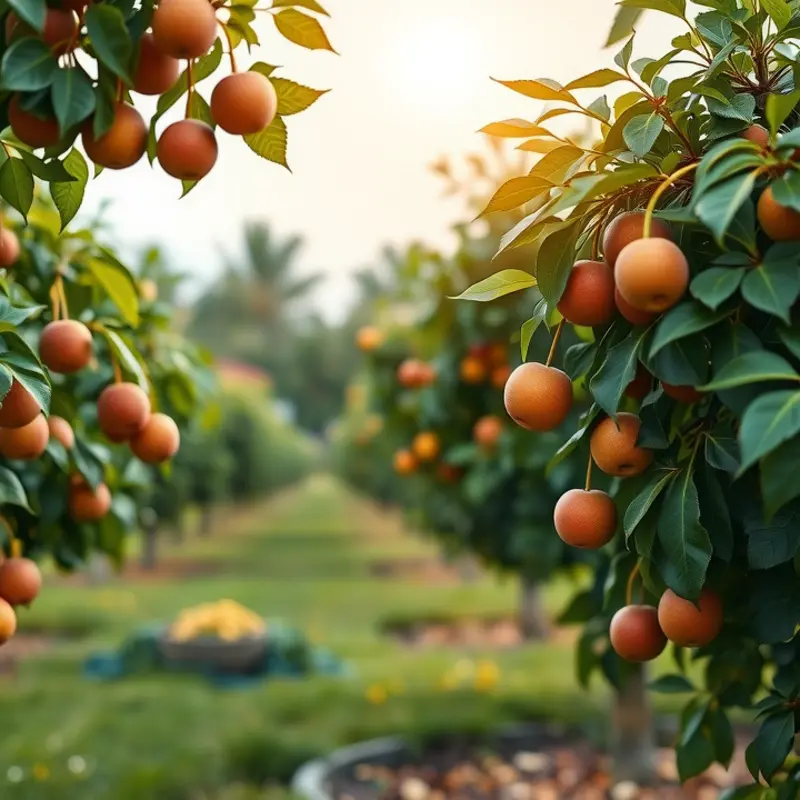
Transforming leftovers into delicious, fresh dishes not only elevates your culinary creativity but also charts a path to sustainability. Utilizing every bit of your meal prep means considering new ways to bring leftover ingredients back to life. One simple trick is to embrace versatile base recipes that allow for substitutions depending on what’s on hand. A well-loved example is the humble frittata. Leftover vegetables, cheese, or even meats can combine with eggs to create this delicious breakfast or dinner staple. Experiment with herbs and spices to keep the flavors interesting and new every time.
Another creative approach involves soups and stews. These forgiving dishes welcome a variety of ingredients and adapt well to leftovers. Add roasted veggies, shredded meats, or last night’s grains to a simmering pot. Season with a complementing spice mixture, and you’ve effectively minimized waste while keeping your meals exciting.
When working with leftovers, flavor pairing becomes crucial. Understanding which flavors compliment or contrast effectively can turn last night’s scraps into the next day’s delight. Incorporate elements like citrus to brighten, nuts for texture, or umami-rich mushrooms to deepen flavors. If exploring flavor combinations intrigues you, you can delve into this guide on flavor boosters that can elevate your leftovers without increasing salt.
Preservation techniques such as pickling, fermenting, or freezing always play a role in extending the life of your groceries. Pickling leftover vegetables adds a zesty punch to salads and sandwiches. Fermenting spare cabbage with common kitchen spices creates a home-made sauerkraut that lasts weeks. Learning to freeze efficiently also means understanding the importance of portioning. Proper storage practices mean fewer forgotten odds and ends going bad in the fridge.
Finally, integrating meal prep with a considered waste-free approach isn’t just about the recipes and ingredients themselves; it’s also a mindset. Plan meals with potential leftovers in mind. For instance, roast a larger chicken knowing it will contribute to multiple meals: tacos the next day, and perhaps a nourishing broth afterwards. Whether you’re discovering new recipes or revisiting traditional methods, taking a flexible and resourceful approach, allows you to embrace a waste-free lifestyle. By weaving creative cooking strategies into your routine, you savor sustainability one meal at a time, ensuring that nothing goes to waste.
Final words
Embracing sustainable practices while meal prepping not only minimizes waste but also enriches your connection to food. By planning your meals thoughtfully and utilizing creative strategies for leftovers, you contribute positively to the environment while enjoying nutritious meals. Remember, every small change you make helps foster a greater impact. Let’s take these actionable steps to shape a more sustainable culinary journey together.

